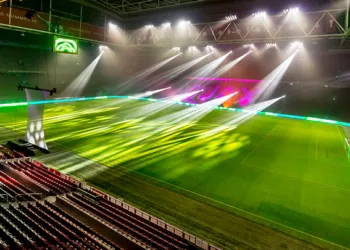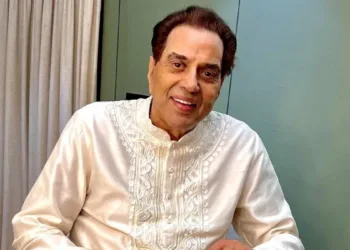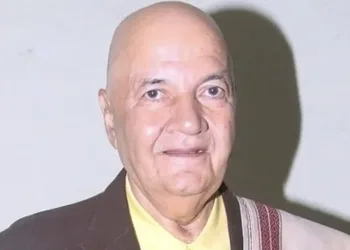In a remarkable and visionary move that has captured the imaginations of space enthusiasts worldwide, the Indian Space Research Organisation (ISRO) is setting its sights on offering space tourism by 2030. This thrilling venture, led by ISRO Chairman S. Somnath, aims to make space exploration more accessible than ever before. Here we will delve into ISRO’s ambitious plans for space tourism, the expected costs, the safety measures being put in place for this groundbreaking adventure, and Prime Minister Narendra Modi’s inspiring vision for India’s cosmic journey.
The Vision: Space Tourism by 2030
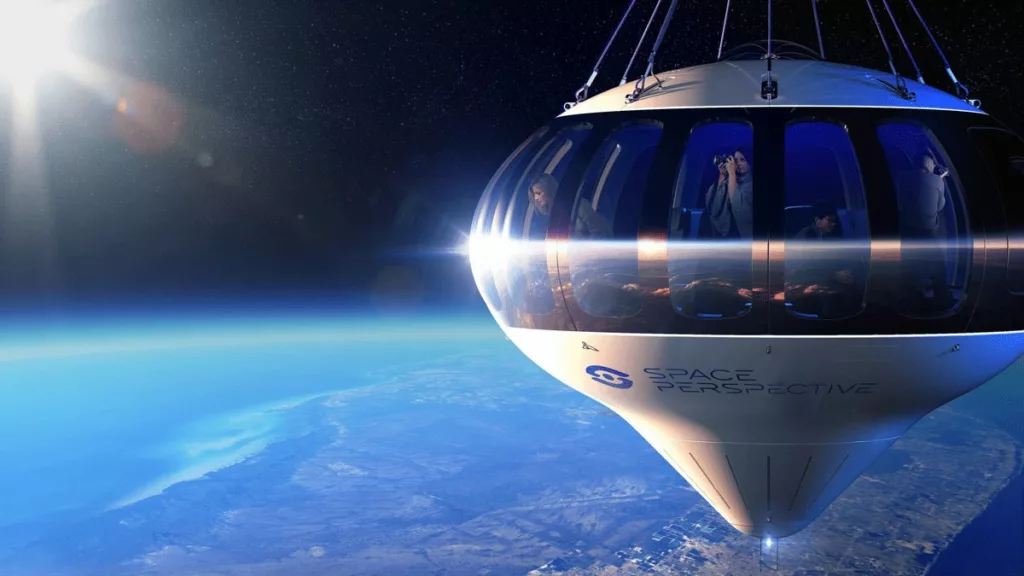
ISRO’s bold venture into space tourism represents a giant leap in India’s space endeavours. Chairman S. Somnath has revealed that work is well underway to create a safe and reusable space tourism module, to allow enthusiasts to embark on this extraordinary journey within the next seven years.
The estimated cost for a Space Tourism ticket on this once-in-a-lifetime adventure is approximately Rs 6 crore. This price tag includes not only the experience of venturing into the cosmos but also the privilege of earning the coveted title of “astronaut.”
Competitive Pricing in the Global Market
Senior officials at ISRO have emphasized that the agency is committed to offering competitive pricing for space tourists in the global market. While the exact pricing strategy remains under wraps, ISRO’s dedication to ensuring affordability hints at the agency’s determination to make space tourism accessible to a wide range of people.
Sub-orbital Space Travel
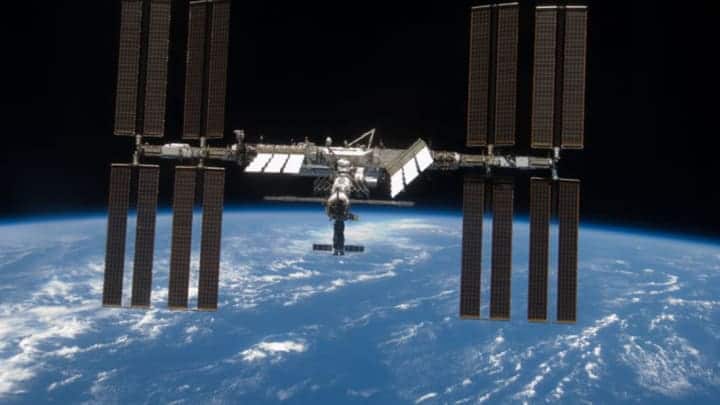
Although ISRO has not officially confirmed whether the space tourism module will include sub-orbital or orbital space travel, the Rs 6 crore price point suggests a focus on sub-orbital adventures. Sub-orbital space travel is characterized by shorter journeys, typically involving a brief period at the edge of space and a few minutes of experiencing low gravity before returning to Earth.
Companies like Blue Origin have already embarked on suborbital flights with their reusable New Shepard rocket, highlighting the economic viability of such trips due to the reusability of rockets.
Building Blocks for Human Space Missions
ISRO’s entry into space tourism is closely tied to its broader ambitions in human spaceflight. Through projects like Gaganyaan, India’s maiden human spaceflight program, ISRO is actively developing the technologies necessary for safe and successful human missions in space. The agency is working on building the foundational blocks required for these missions, ensuring that safety remains a top priority.
Collaboration with Private Firms and NASA
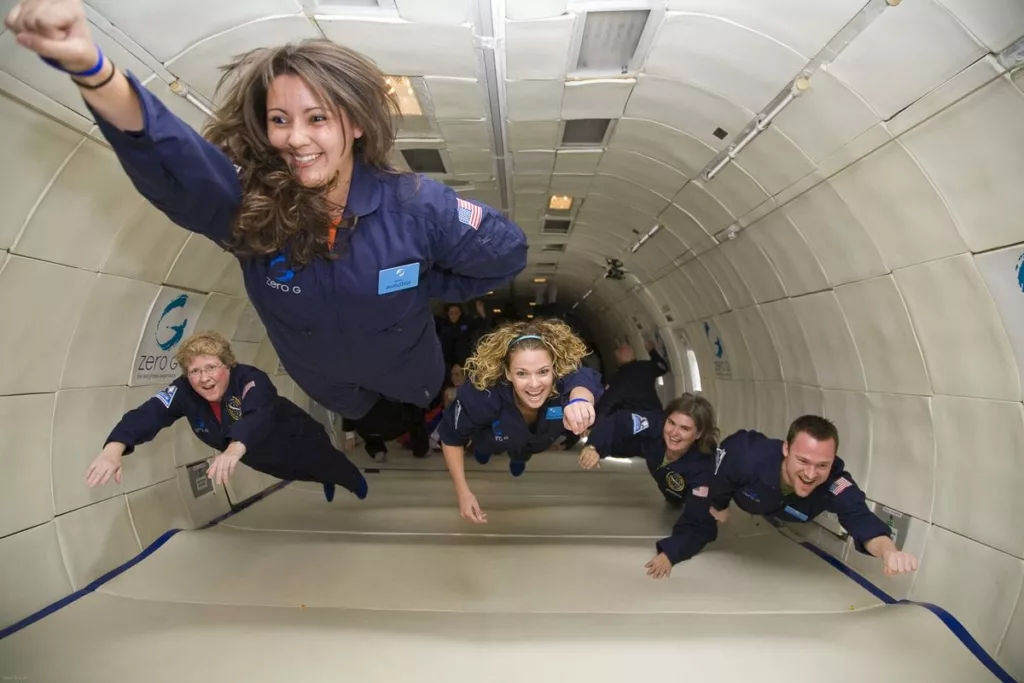
ISRO is expected to collaborate with private firms and NASA in the development of the space tourism module. This partnership is likely to be facilitated through the Indian National Space Promotion and Authorisation Centre (IN-SPACe). This approach reflects the growing synergy between government space agencies and private entities in advancing space exploration.
Safety First: RLV-TD Technology
Ensuring the safety of space tourists is paramount for ISRO. The agency is actively leveraging its Reusable Launch Vehicle—Technology Demonstrator (RLV-TD) to gain valuable insights into spaceflight safety. The meticulous attention to safety demonstrates ISRO’s commitment to providing a secure and memorable space tourism experience.
Prime Minister Modi’s Inspiring Vision
Prime Minister Narendra Modi has not only been a champion of ISRO’s endeavors but also a visionary advocate for space exploration. During a recent address, he expressed his enthusiasm for India’s successes in space missions and the historic moment when Chandrayaan-3 successfully soft-landed on the Moon’s South Pole.
While there have been no official statements on ISRO’s website regarding space tourism, PM Modi’s visionary statement hints at the agency’s aspirations. He stated, “There was a time when we used to say that the Moon was far away, but now that day is not far when children will say the Moon is just a tour away.” This visionary statement captures the essence of India’s growing prowess in space exploration and its commitment to making space accessible to all.
He further lauded ISRO’s achievements, saying, “India is now on the Moon.” PM Modi emphasized that India’s lunar success belongs to all of humanity, marking a historic milestone in space exploration.
ISRO’s visionary approach to space tourism, set to become a reality by 2030, marks a historic moment in India’s space exploration journey. With affordability, safety, and collaboration at its core, ISRO is poised to offer an unforgettable experience that will allow ordinary citizens to venture beyond Earth’s boundaries and join the ranks of astronauts.
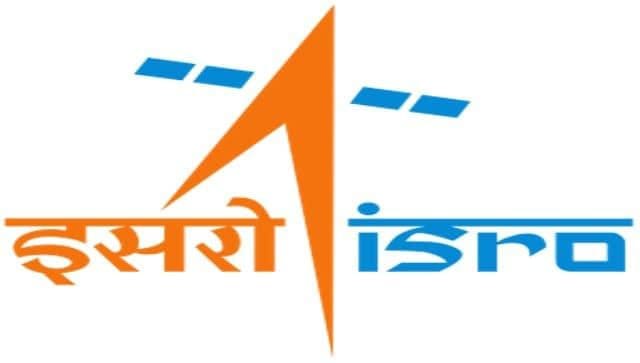
As ISRO continues to make strides in both human spaceflight and space exploration, the world eagerly awaits the day when the dream of space tourism becomes a tangible and affordable reality, opening up the wonders of the cosmos to a new generation of explorers. India’s journey to the stars is only just beginning, and the future holds limitless possibilities for those who dare to dream of reaching for the heavens, as inspired by the words of Prime Minister Narendra Modi. While there have been no official statements on ISRO’s website regarding space tourism, PM Modi’s visionary statement hints at the agency’s aspirations.
Stay tuned for more updates on ISRO’s exciting journey towards space tourism and the unfolding of Prime Minister Modi’s visionary space exploration agenda. The cosmos awaits, and the future holds boundless adventures beyond the stars.




